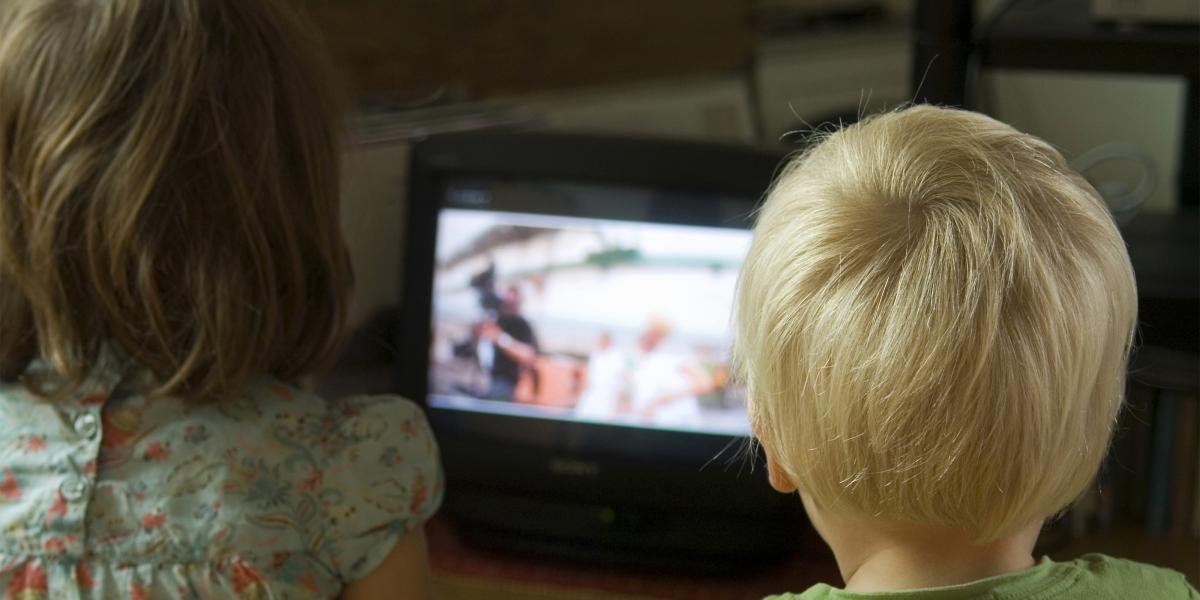How Nagging Feeds a Health Crisis
Kids in the U.S. are often bombarded with ads hawking high-sugar or high-fat foods and beverages. And families are buying these less-healthy foods in staggering quantities, with children now getting as much as a quarter of their calories from junk-food snacks alone.
But how do the child-focused ads get converted into parental purchases at the grocery store? The answer, according to a new Bloomberg School study, is simple enough: Kids nag their parents.
Dina Borzekowski, EdD, an associate professor in Health, Behavior and Society, and PhD candidate Holly Henry, MHS, interviewed 64 mothers of children ages 3 to 5 years in order to tease out some of the ties between the marketing and “the nag factor,” as well as to understand how parents react to the nagging. The results, if not entirely surprising, are a bit disconcerting. The study, published in August’s Journal of Children and Media, found that packaging and ads directly lead to children nagging parents for junk food, and that nagging typically pays off. “Parents give in,” says Borzekowski, “even though they know it’s a poor strategy.”
All the mothers, including those of the 3-year-olds, reported facing nagging for junk food, and many described the results in terms such as “battle” or “overwhelming.” A particularly strong trigger for the nagging, the mothers said, was marketing that enlisted popular characters from children’s media—a technique now employed in some 10 percent of advertising aimed at kids. A child’s exposure to commercial television appeared to be a strong predictor of nagging, and many of the mothers mentioned SpongeBob SquarePants, Dora the Explorer and others as figuring prominently in the nagging.
A problem highlighted by the study is that parents lack the proper tools for coping with nagging, according to Amy Jordan, director of the Media and the Developing Child program at the University of Pennsylvania’s Annenberg Public Policy Center. “They often have difficulty denying their children what they want, and don’t have a ready arsenal of scripts to deal with a meltdown in the grocery aisle,” she says.
Pinning down effective coping strategies is a challenge Borzekowski says she’d like to take on in a follow-up study. In the meantime, she notes that among some of the approaches the mothers reported as useful were simply keeping the children out of grocery stores, and shifting children’s attention to healthier food options that are also associated with popular characters—Dora the Explorer graces packages of a reduced-sugar Yoplait yogurt, for example. “But consistency seems the key,” adds Borzekowski. “If you [tell] your child she can have just one ‘special’ item, you have to stick to that.”
Just tell them SpongeBob said so.
